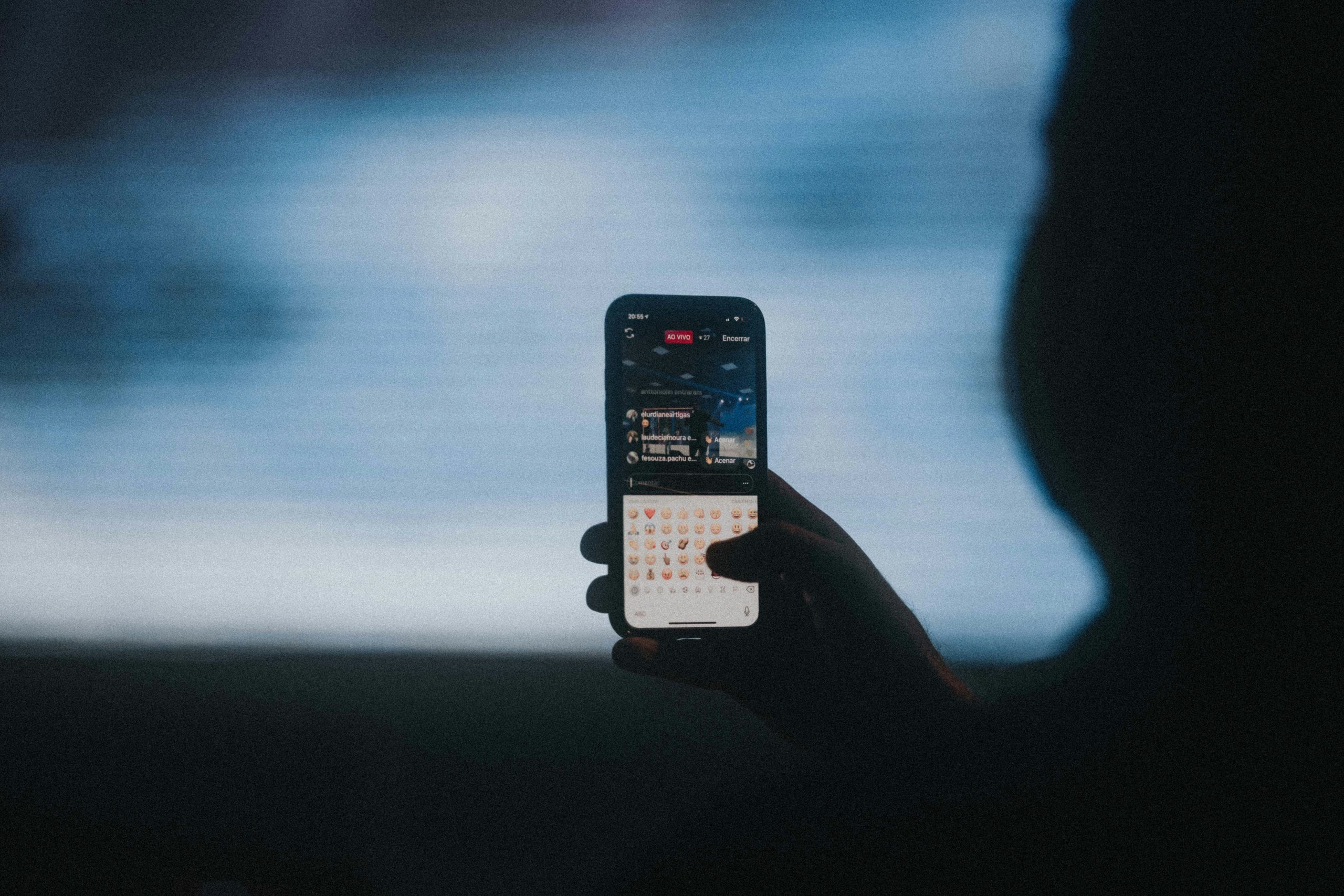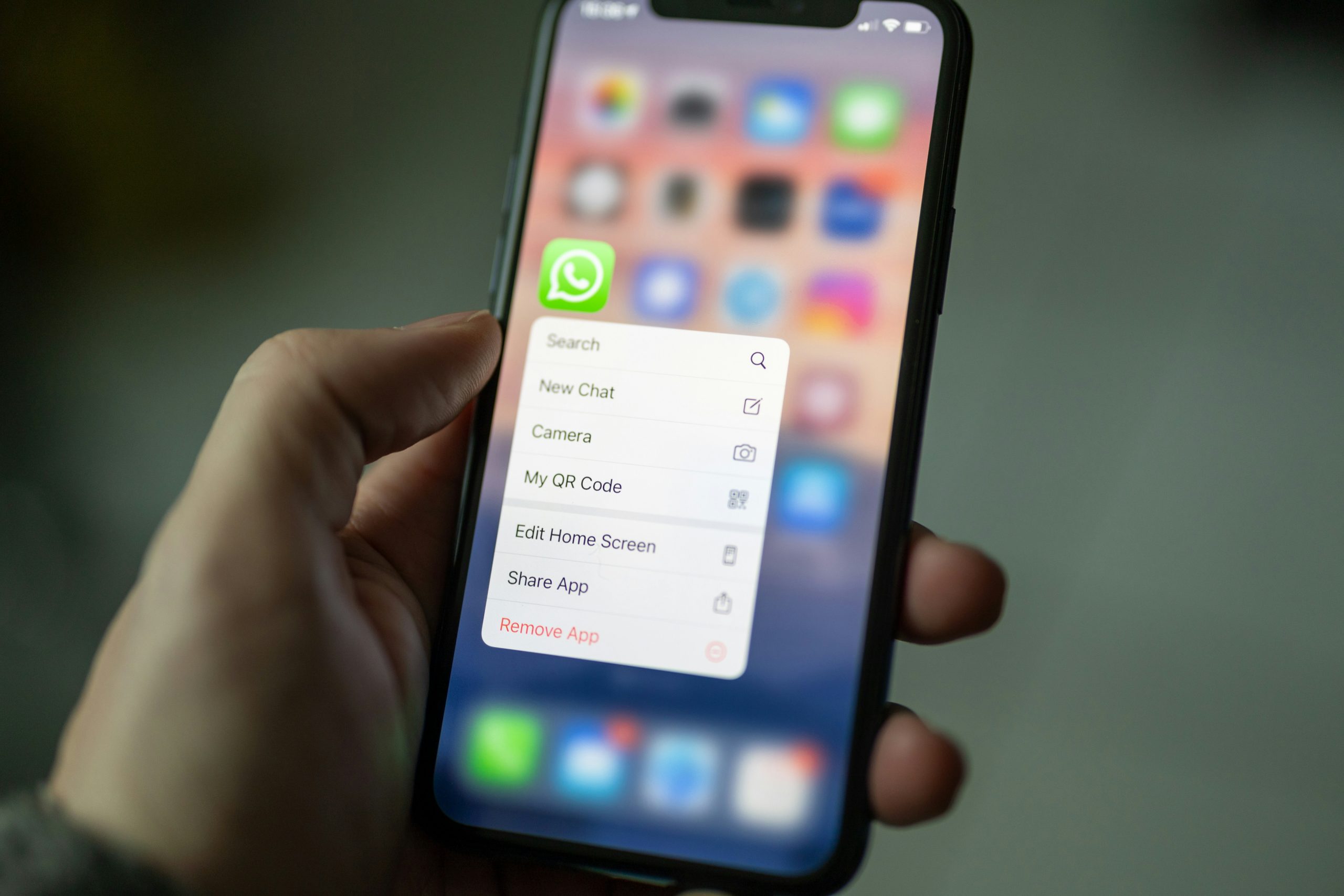In a world where our digital lives are intricately woven into the fabric of daily communication, the ‘last seen’ status on WhatsApp has become a double-edged sword of connection and curiosity. Have you ever found yourself obsessively refreshing a chat window, trying to decipher the meaning behind a contact’s last activity? This seemingly innocuous feature raises profound questions about privacy, availability, and social etiquette in an era dominated by instant messaging. As users navigate their relationships through screens, understanding the nuances of this status can unveil deeper insights into how we interpret each other’s online presence.
But just how accurate is this little green tick that governs our expectations? Is it truly reflective of someone’s engagement or simply an illusion shaped by algorithms and user settings? In this article, we delve into the complexities surrounding WhatsApp’s ‘last seen’ feature—exploring its reliability, what it really signifies when it shows up (or doesn’t), and how different interpretations can influence your social interactions. Join us as we unravel the mystery behind one of modern communication’s most enigmatic tools!
What is ‘Last Seen’ in WhatsApp?
The ‘Last Seen’ feature in WhatsApp is often a window into users’ online habits, signaling their availability without the need for direct communication. At its core, this timestamp indicates when a user last accessed the app, providing context for response times and overall engagement. However, what many may not realize is the nuanced nature of this feature—it’s not just about knowing when someone was last active; it can also reflect social dynamics and privacy concerns.
For instance, a user might turn off their ‘Last Seen’ status as a protective measure against constant expectations to respond promptly. This action can create a more mindful space where individuals are less pressured to engage instantly. On the flip side, being consistently visible can lead to numerous assumptions about one’s activity levels or emotional state. Understanding these implications sheds light on how this seemingly simple feature plays a critical role in shaping digital interactions and relationships today.

Factors Affecting ‘Last Seen’ Accuracy
Several factors can significantly impact the accuracy of WhatsApp’s ‘last seen’ status, extending beyond mere user settings. One crucial element is network connectivity; users in areas with unreliable internet may find their status not updating promptly or accurately. For instance, if a person is in a low-signal region and has recently checked their app, the time displayed could mislead others about their current activity level.
Moreover, privacy settings play a pivotal role. Users can modify their visibility to specific contacts or choose to hide their ‘last seen’ altogether—this creates an illusion of unavailability even when they are active on the platform. Additionally, device performance can also affect how timely these statuses refresh; older devices might lag in syncing data compared to newer models with robust processing abilities. Understanding these nuances helps users navigate the complexities behind what appears to be a straightforward feature but is influenced by technology and user choice alike.
Privacy Settings and Their Impact
Understanding privacy settings is crucial in the digital age, especially as they pertain to features like WhatsApp’s ‘last seen’ status. This seemingly innocuous setting can shape relationships and expectations; for example, a user may feel neglected or concerned if their contact’s last seen time is always set to hidden. By adjusting these privacy settings, individuals wield significant power over how their availability is perceived, which can cultivate trust in some conversations but ignite suspicion in others.
Moreover, the ripple effects of one’s privacy choices extend beyond just individual interactions. These decisions can influence group dynamics—the more stringent someone’s settings are, the more likely it is that others will question their motives or level of engagement. Thus, while customizing your privacy might seem like a personal choice, it’s indeed part of a larger conversation about transparency and communication norms within social media platforms. Essentially, effectively managing your visibility not only protects your personal information but also curates how you communicate with those around you.
![]()
User Interpretations of ‘Last Seen’
User interpretations of the ‘last seen’ feature on WhatsApp vary widely, reflecting the complex interplay of relationship dynamics and social expectations. For some, this timestamp serves as a source of comfort or reassurance; it can signify that a loved one is alive and well, even when conversations are paused. Others, however, view it as a potential trigger for anxiety—leading to unnecessary assumptions about someone’s availability or interest based on a simple time stamp. This emotional rollercoaster highlights how this feature can amplify feelings of jealousy and insecurity in relationships.
Moreover, the interpretation often depends on context. In professional environments, seeing a colleague’s last seen may foster collaboration but could also lead to misunderstandings if someone assumes responsiveness based solely on recent activity. Notably, younger users might adopt an entirely different lens—a form of social currency where being ‘seen’ aligns with trends in connectivity and online presence. As our digital lives become increasingly intertwined with real-world interactions, the implications of such seemingly innocuous features continue to evolve—signaling not just availability but evolving cultural norms around communication itself.
Alternatives to Track Online Activity
In conclusion, the reliability of WhatsApp’s ‘last seen’ status can be both illuminating and misleading. While it serves as a useful tool for staying connected, its accuracy is often compromised by various factors, such as privacy settings and user behavior. For instance, individuals may choose to turn off their last seen feature or strategically limit visibility to certain contacts, creating the illusion of unavailability or inconsistency in response times. This not only raises questions about trust but also invites users to reflect on their digital communication habits.
Moreover, exploring the psychological implications behind interpreting ‘last seen’ timestamps reveals a deeper layer of social dynamics. Users frequently jump to conclusions based on these signals—assessing engagement levels and potential neglect in relationships—which can lead to unnecessary misunderstandings or anxieties. Thus, while the feature offers a snapshot of activity across time zones and personal schedules, it remains crucial for users to navigate these interpretations with caution. Ultimately, understanding its limitations fosters healthier communication practices that prioritize clarity over assumptions in our increasingly complex digital interactions.

Conclusion: Insights on ‘Last Seen’ Reliability
In evaluating the reliability of WhatsApp’s ‘last seen’ feature, one must consider the inherent nuances and limitations that accompany this seemingly straightforward tool. Many users might assume it reflects real-time engagement, but factors such as user privacy settings, intermittent internet connectivity, and even intentional deception play crucial roles in skewing perceptions. For instance, a user can modify their visibility settings or engage in offline reading while remaining unaware of when they last accessed the app. This discrepancy highlights a fundamental truth: the ‘last seen’ status is not a definitive indicator of someone’s availability or willingness to communicate.
Furthermore, it’s essential to reflect on how our interpretations of ‘last seen’ can impact relationships and communication dynamics. Misunderstandings may arise when individuals project their emotional states onto these timestamps—assuming neglect or disinterest based solely on an absence of recent activity. This tendency underscores why open dialogue is more critical than ever in fostering understanding among friends and loved ones. Ultimately, while ‘last seen’ offers insights into app usage patterns, it should be viewed through a lens of context and awareness rather than as an absolute metric for social connection or responsiveness.